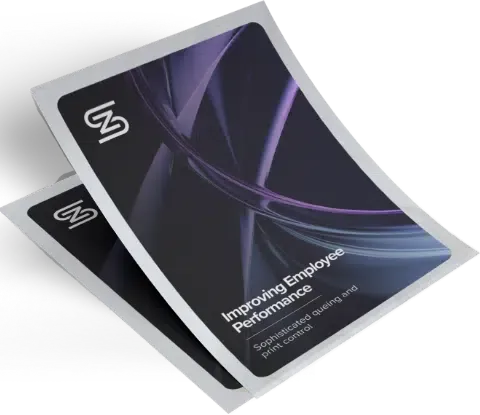Introduction
Let’s talk this week about something that’s really shifted gears in the print on demand world: the ability to manufacture in an agile way, handle reprints and remanufacture products to least cost when things don’t go as planned.
It used to be that a small error in production meant starting from scratch and incurring the cost all over again (sometimes without any logged information telling you!) – but now it’s a whole different ball game.
The Old Way: Start Over Every Time
Traditionally most print on demand workflows couldn’t cope with something as simple as a slip-up in cutting. It meant binning the whole job and firing up the presses again – sometimes without management even knowing…? For the longest time, that was the only way to handle reprints. It was both wasteful and costly.
The Tech Revolution in Reprints
Now, we’re doing it a smarter way thanks to digital advancements and agile workflows.
For example, selective reprinting! Got a 50-page digital photo job and two pages come out with bad color? No problem. Just reprint those two and use park and join workflow to unite the components again. Historically this didn’t happen due to complexity in bringing work back together again or the risk of a privacy breach, but current technology makes this straightforward.
Or how about reworking rather than reprinting? The ability to take work backwards in production (e.g. just trim and re-glue a book’s spine, instead of reprinting the whole thing) always existed, but now we can track this work and keep things beautifully sequenced. Automation technology lets us keep tabs on these reworks, shining a light on the actual materials and labor cost that go into fixing these defects and ensuring nothing gets lost when deviating from standard workflow. This gives a much better view of what each product line really costs, down to the last cent and maintains quality.
New methods like these aren’t just saving paper; they’re slicing through turnaround times and keeping costs down. It’s about doing things smarter, not harder.
Incorporating Agile Workflow in Print Solutions
Platforms like ZenSmart offer sophisticated workflow automation tools for managing rework. ZenSmart’s Quality Assurance Fail (QA Fail) system allows operators to:
- Scan the barcode of the item needing rework.
- Specify whether it’s a total reprint, page reprint, or a rework.
- Tag the reason for the fail, which will automatically associate it with a specific historic production stage
This system ensures that every aspect of the rework process is tracked and costed, providing valuable data for continuous improvement and is also attached against the individual doing the failing to create accountability
Conclusion
With techniques like these, the print on demand industry is not only becoming more efficient but also more transparent. Understanding true production cost and the specific reasons for production failures leads to better quality control, more effective management of resources and the ability to continuously improve.
Exploring the Tech Behind Modern Printing
Interested in how these technological advancements can impact your print production? Visit https://zensmart.ai to discover how modern solutions can streamline your operations and manage reworks with unprecedented efficiency.




